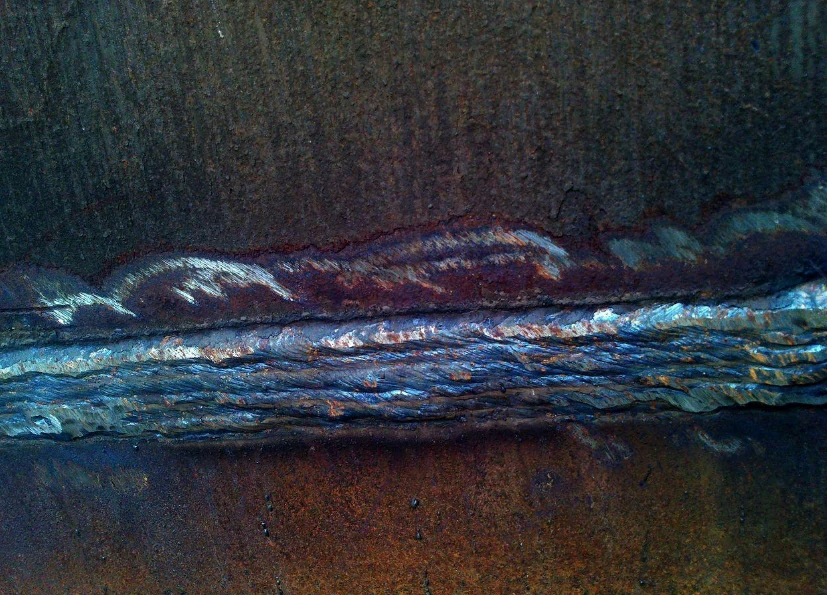Grasping the Art of Welding: Just How to Avoid Undercut Welding Issues for Flawless Construction Outcomes
Effectiveness and accuracy are paramount worldwide of welding, where also the smallest flaw can compromise the architectural honesty of a fabricated piece. One typical challenge that welders face is undercutting, an issue that can weaken a weld joint and lead to pricey rework. By understanding the root creates of undercut welding and implementing efficient methods to avoid it, welders can elevate their craft to new degrees of quality (Preventing weld undercut). In the search of flawless construction outcomes, grasping the art of welding to prevent undercut concerns is not simply a skill however a requirement for those pursuing excellence in their job.
Recognizing Undercut Welding

To avoid undercut welding, welders ought to make sure proper welding parameters, such as adjusting the current, voltage, travel speed, and maintaining the appropriate electrode angle. By recognizing the reasons of undercut welding and executing preventative measures, welders can attain high-grade, structurally audio welds.
Reasons For Undercut in Welding
Understanding the aspects that add to undercut in welding is crucial for welders to produce high-grade, structurally sound welds. Insufficient welding existing or incorrect welding rate can also add to damage. Understanding these reasons and carrying out appropriate welding techniques can aid avoid undercutting concerns, making sure solid and long lasting welds.
Strategies to stop Undercutting

To alleviate the threat of undercutting in welding, welders can use tactical welding techniques intended at improving the high quality and integrity of the weld joints. Additionally, using the appropriate welding method for the certain joint setup, such as weave or stringer beads, can add to decreasing damaging.
Utilizing back-step welding strategies and controlling the weld grain profile can likewise help distribute warmth evenly and minimize the threat of undercut. Normal examination of the weld joint during and after welding, as well as carrying out quality assurance actions, can aid in resolving and detecting damaging concerns without delay.
Relevance of Appropriate Welding Parameters
Selecting and maintaining suitable welding criteria is important for attaining effective welds with minimal defects. Welding specifications refer to variables such as voltage, present, travel speed, electrode angle, and securing gas flow rate that directly impact the welding procedure. These criteria must be thoroughly changed based upon the kind of material being bonded, its thickness, and the welding technique utilized.
Correct welding specifications make sure the correct amount of warm is put on melt the base metals and filler material evenly. If the parameters are set expensive, it can bring about too much warm input, causing burn-through, distortion, or spatter. On the various other hand, if the specifications are too reduced, insufficient fusion, absence of penetration, or damaging may happen.
Top Quality Assurance in Welding Workflow

Verdict
To conclude, understanding the art of welding needs a thorough understanding of undercut welding, its reasons, and strategies to avoid it. By making sure appropriate welding parameters and executing quality control techniques, perfect fabrication results can be accomplished. It is necessary for welders to constantly pursue excellence in their welding procedures to prevent undercut problems and produce high-quality welds.
Undercut welding, an usual flaw in welding processes, happens when the weld steel doesn't effectively fill the groove and leaves a groove or clinical depression along the bonded joint.To prevent undercut welding, welders need to make sure our website appropriate welding criteria, such as readjusting the current, voltage, traveling rate, and maintaining the appropriate electrode angle. Poor welding current or incorrect welding speed can additionally add to damage.To alleviate the danger of undercutting in welding, welders can employ critical welding techniques aimed at boosting the high quality and integrity of the weld joints.In final thought, anonymous understanding the art of welding calls for a detailed understanding of undercut welding, its reasons, and techniques to stop it.